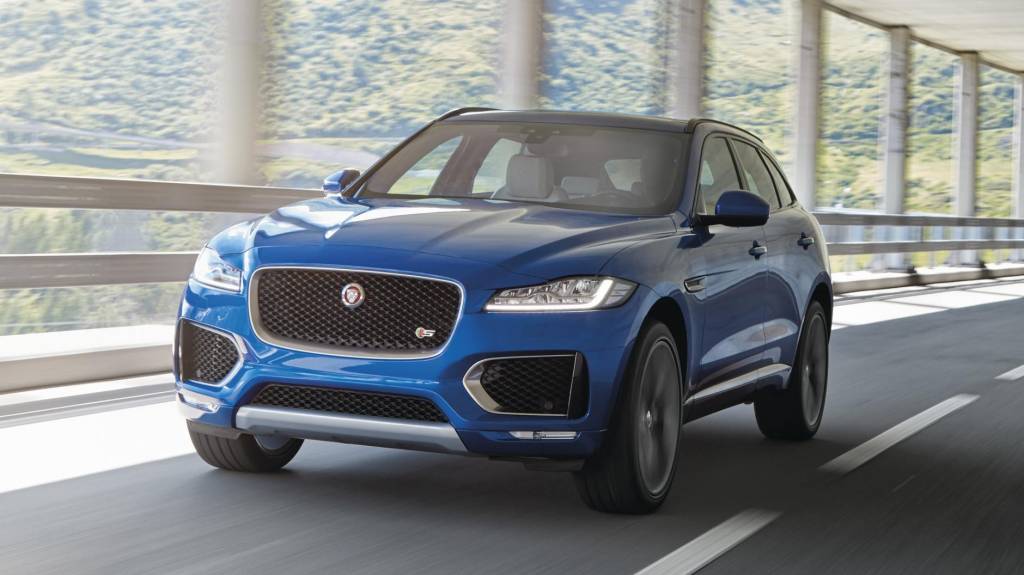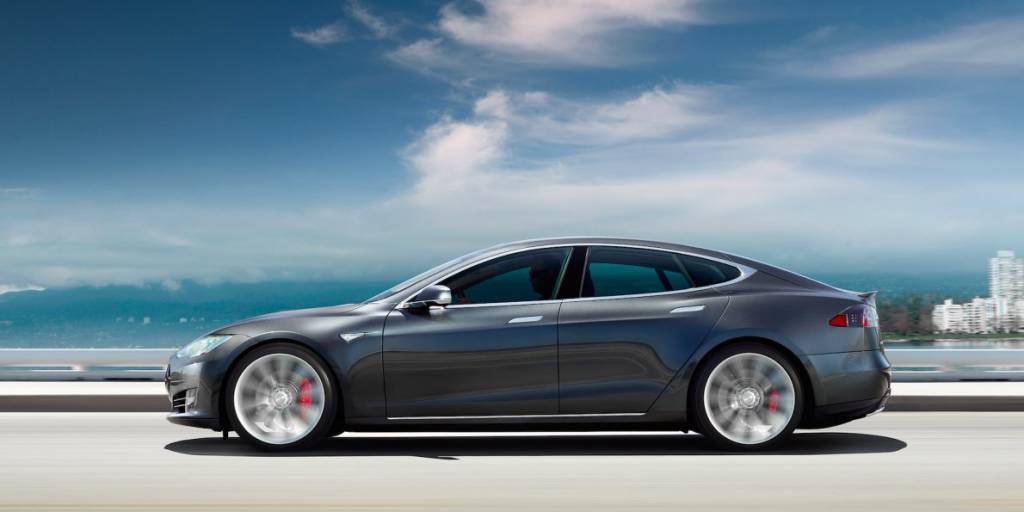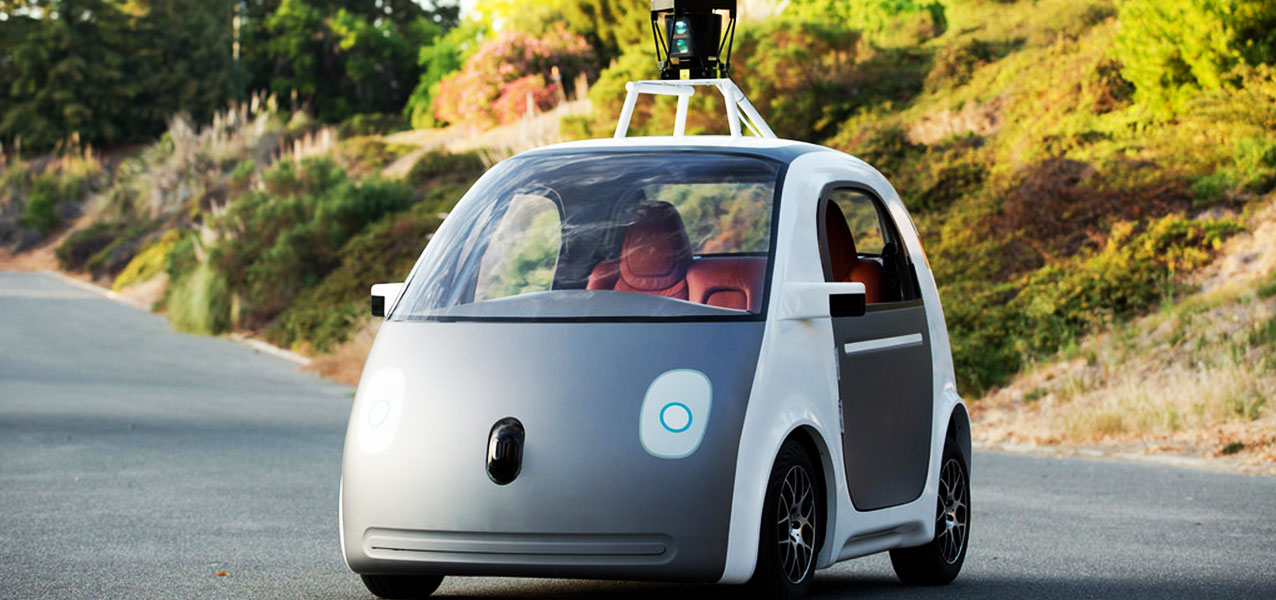2017 Jul 10
Self driving cars have been an incredible fantasy since the wacky 60s, but have recently become more science fact than fiction. With strides taken by Google, Tesla, and more recently Jaguar Land Rover, this new advancement in technology is fast approaching our shores!

So what exactly are self driving cars and what do they mean for Sri Lankans? In recent years, many companies in various parts of the world have tested self driving cars in their natural environment; roads.Thankfully, in many of those countries road rules and laws are obeyed stringently. For that reason, self driving cars in Sri Lanka would seem just a distant fantasy, right? Wrong!
On Wednesday the 5th of July, Jaguar Land Rover made the first stride to test automated cars in Sri Lanka with their new Autonomous Urban Drive prototype project. The test mimicked operation through a city with the obeying of traffic laws, negotiating T-junctions, and roundabouts.

So what does that mean for us Sri Lankans? Does it mean that we’ll be zooming about with our feet on the dashboard from home to work? No, because that would be dangerous. However, Jaguar Land Rover is trying to achieve level 4 automation. What this means is that the vehicle would be able to fully complete the task of getting you from one place to another, alongside picking the best route and following traffic rules, all by itself. Jaguar Land Rover claims it may take about a decade to achieve such a level of automation, and considering the number of anomalies in Sri Lanka from wild tuk drivers to slippery motorcyclists, the time may vary.
So where are we now?
There are 6 levels of automation:
Level 0 means that there is no automation whatsoever.
Level 1 means that the driver has one form of assistance in some way (e.g. cruise control).
Level 2 means that the driver has two forms of assistance such as speed and steering. Many modern vehicles have these features and as such has become very commonplace. Although a far cry away from full automation, these partially automated vehicles are the first to be fully integrated into society.

Level 3 means that the car may function autonomously but only to an extent. If the environment seems to challenging or is constantly changing (like the hectic traffic in Colombo), the driver would have to take control of the vehicle. It is called conditional automation.
Level 4 is where it gets truly appealing. It means that the car can handle most tasks from speed adjustment to following traffic laws independently. But it is not perfect. In certain scenarios, driver intervention may be required.
Level 5 is where all the manufacturers of autonomous vehicles and dreamers of the 60s want to be. Full and complete automation without any intervention from the driver. This vehicle would adjust to any and all instances while travelling. Yes, even with Colombo traffic. It is truly the realisation of the term “kick back and enjoy the ride”.

The Director of Engineering Research of Jaguar Land Rover says “Our Autonomous Urban Drive research is Jaguar Land Rover’s next step in our development of both fully and semi-autonomous vehicle technologies. However, we aren’t looking at simply replacing the driver, and making cars ‘driverless’. Future technologies will give the driver more not less – they will assist and ultimately enhance the driving experience.”
So the future seems fiction but it is a fast approaching fact. Our technological advancements are fast succeeding our own expectations, and given the rate at which autonomous vehicles are evolving, we really may be zooming to and from work while kicking back with our feet on the dashboard in the coming decade. (Seriously, don’t do that. It’s dangerous).







